Last Updated on October 14, 2023
In my work as a wayfinding consultant, a number of the locations I go to are ones that have or could benefit from interpretive signage that helps to create a narrative in terms of the local heritage and space.
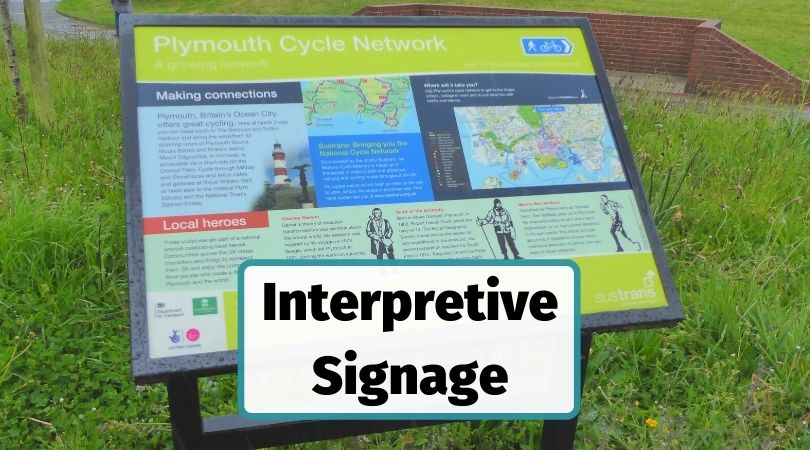
Table of Contents
What is Interpretive Signage?
Wayfinding and heritage interpretation are in essence two different specialties but in certain locations, they merge and become a connected subject area. On a bay trail or wilderness trail, for example, trying to create a memorable and embodied experience for users i.e. one that generates a long-term and positive impression, involves both wayfinding and heritage interpretation.
– by Paul Symonds
Wayfinding is used to create the sequential route (where a timeline is relevant to the heritage), the directions so that can try and avoid getting lost, and to just generally guide people around the location such that they can find their way without stress.
Along the route, the heritage interpretation needs to be planned and this may or may not involve signage.
The use of artefacts, play-areas, guide instructional routes, signage and other techniques can all be used for a heritage route.
The use only of signage for heritage interpretation can, in fact, defeat the purpose in that a route that only uses signage to try and provide a heritage experience will likely be dull and lack the interactive elements needed to create a memorable experience that creates any kind of impact on the user.
Dr Paul Symonds
To focus though on the signage used for heritage interpretation, a look at some of the benefits that signage can bring for heritage.
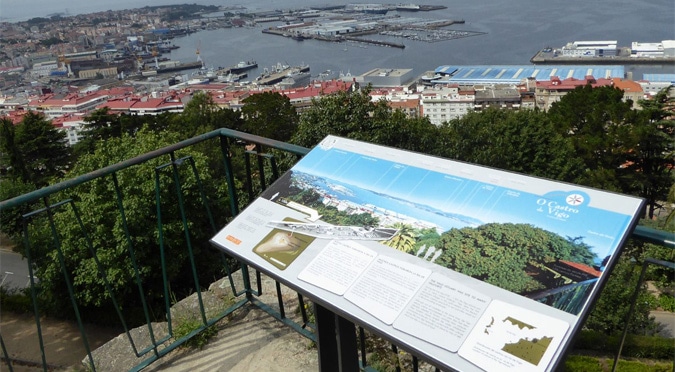
Difference between a Wayfinding sign and an Interpretive signage
The following sign is an example of a sign on a Roman Ruins trail and provides educational information for users to try and better understand the exhibits nearby and to give historical information.
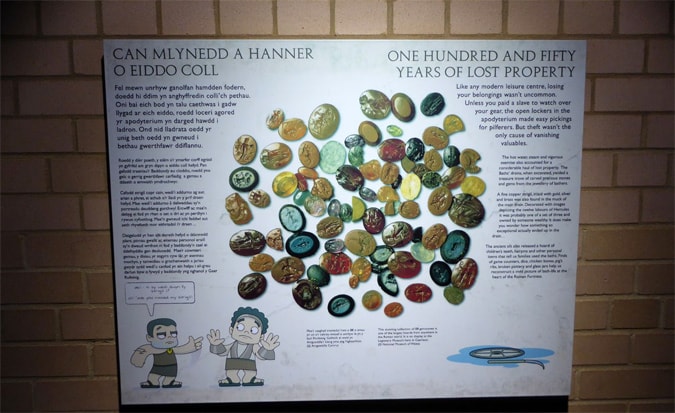
The sign below (interestingly set on the floor hence why I missed it the first time I walked past it) is on the same trail but used for directional information to guide users along the route that the heritage narrative takes.
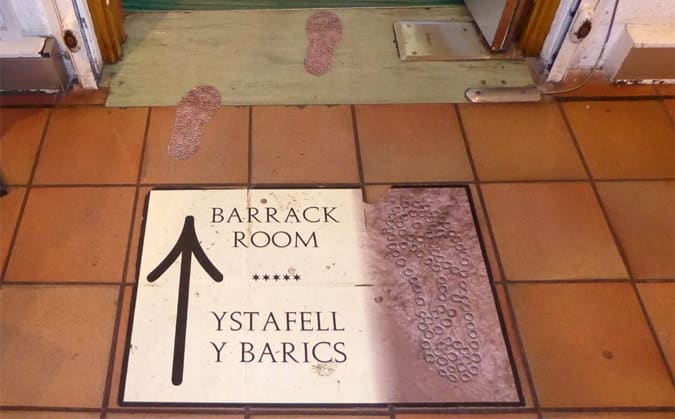
In essence wayfinding signage and interpretive signs are different but they need to:
- Correspond – i.e. users might need to be guided along a certain route to follow the narrative.
- Be themed and branded together – the wayfinding signs can be designed to match the style and theme of the interpretive signs.
Why Signage can be useful in Heritage Interpretation
As mentioned earlier, to try and create a heritage experience that is interesting and pushes users towards feeling emotions and thus being provoked (in a positive manner) to experience and have a sense of understanding and feeling for the heritage they are being guided to see, signage can be useful.
In locations such as museums, interpretive signs can be especially useful given the number of exhibits in a small space (relatively speaking) and whereby a large number of users will often flow through the location.
On heritage trails outdoors such as in national parks, the routes can often be long i.e. 10 miles (16 Km) or more and thus signage is a practical commodity that can be used around the trail to provide useful information that informs users
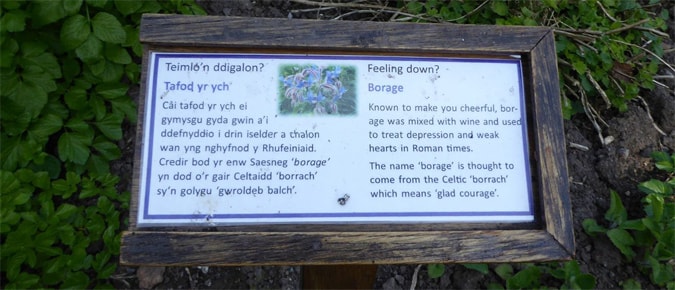
Signage such as that shown in the image above can often provide simple and yet very useful information that evokes a much stronger connection to the location, in this case, the gardens.
Information that, in this case, details the various plants to improve what otherwise could be a mundane experience.
In the photo above, notice also that the frame is made of wood, in fitting with the environment and feel of the gardens.
Creating Impact and a Heritage Narrative
Information alone is not heritage interpretation but heritage interpretation needs information that educates and informs!
This information on interpretive signage can then be used to evoke emotional responses to create memories and to create an experience.
Creating a narrative is an important aspect of the process. Indeed, try to connect the signage as a family of information and try to avoid the mistake often made such as on art trails where the art has no connection i.e. no thread.
I very often see a number of art exhibits placed along a trail and there is no relation or narrative that connects these pieces. Moreover, they are often left unexplained with no signage to give an insight into their meaning.
Ultimately, signage alone is insufficient for heritage interpretation but in locations such as a museum, signage can be highly effective and a key part of the experience for users.
Larger locations such as outdoor wilderness and bay trails can also benefit from signage enormously and a significant benefit is cost.
Creating signage and impact that must be placed around such large spaces becomes possible. Heritage signage also benefits from being something that can also be designed in a range of materials and can be made weather resistant and be available twenty-four hours a day, seven days a week.

Dr Paul Symonds has a PhD in Wayfinding from Cardiff Metropolitan University in the UK. Paul works with the signage industry, airports and other locations providing wayfinding audits, consultancy and training.


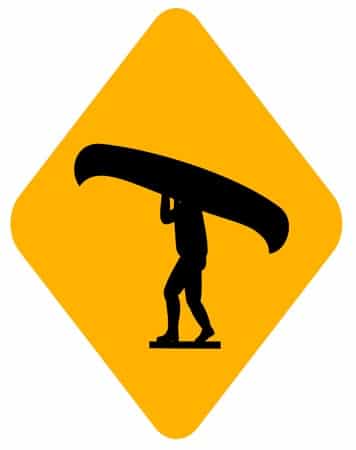
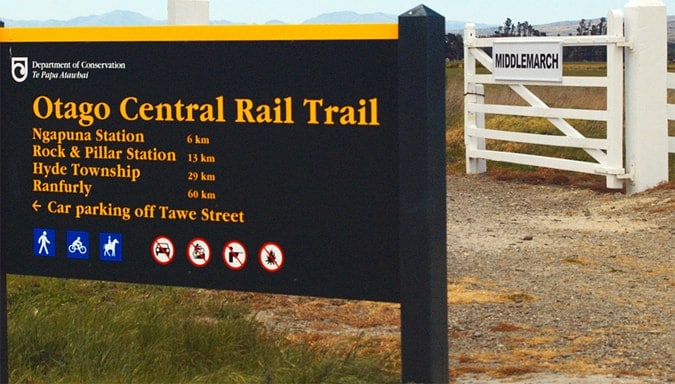





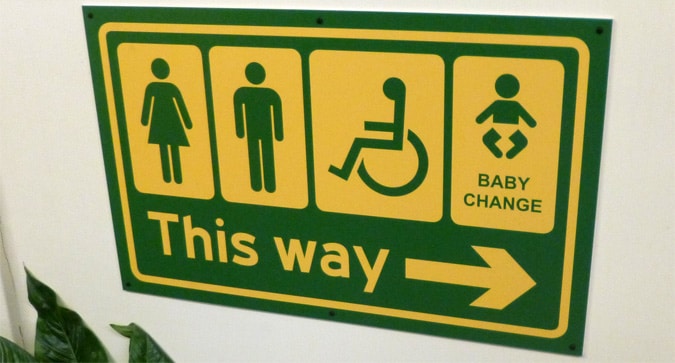
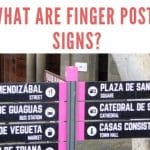

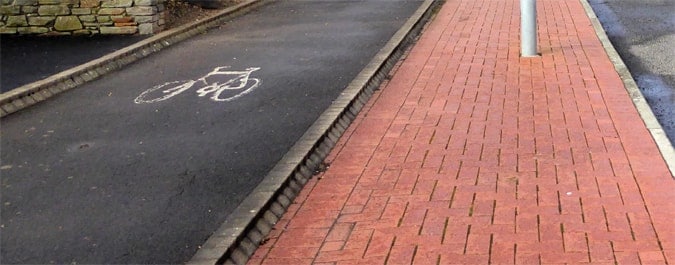
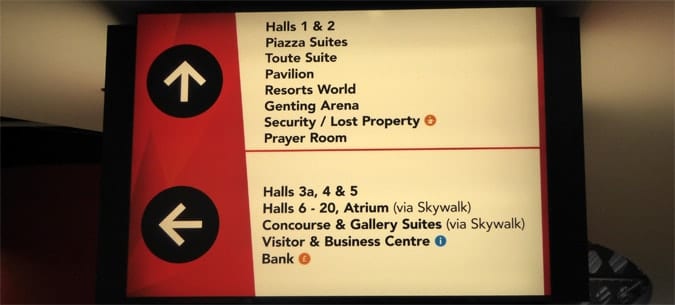
Hi,
I am a PM at the Wellcome Trust. I am looking for a consultant to assist updating and improving our signage and wayfinding in our Collection building.
Kind regards
Thank you for your message Mark. I have written to you direct regards the wayfinding project and signage task you need work on. All the best, Paul
Hello,
I work for a park system. We are currently updating and expanding our butterfly garden. Signage is key as an interpreter isn’t always present. Could you send me more information? Thank you.
Hi Kara – all the information I have I add to this site regards travelwayfinding.com. cheers, Paul